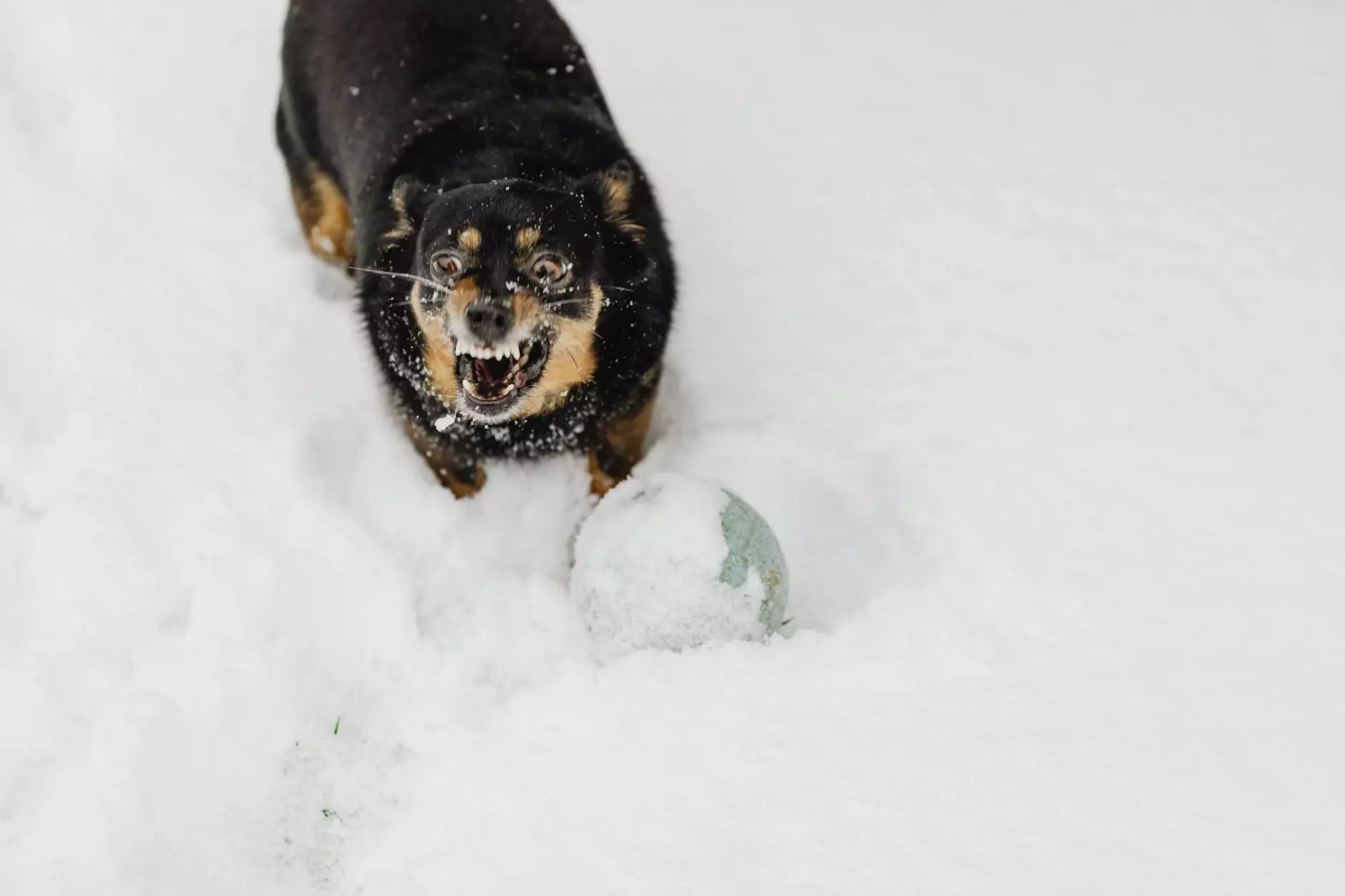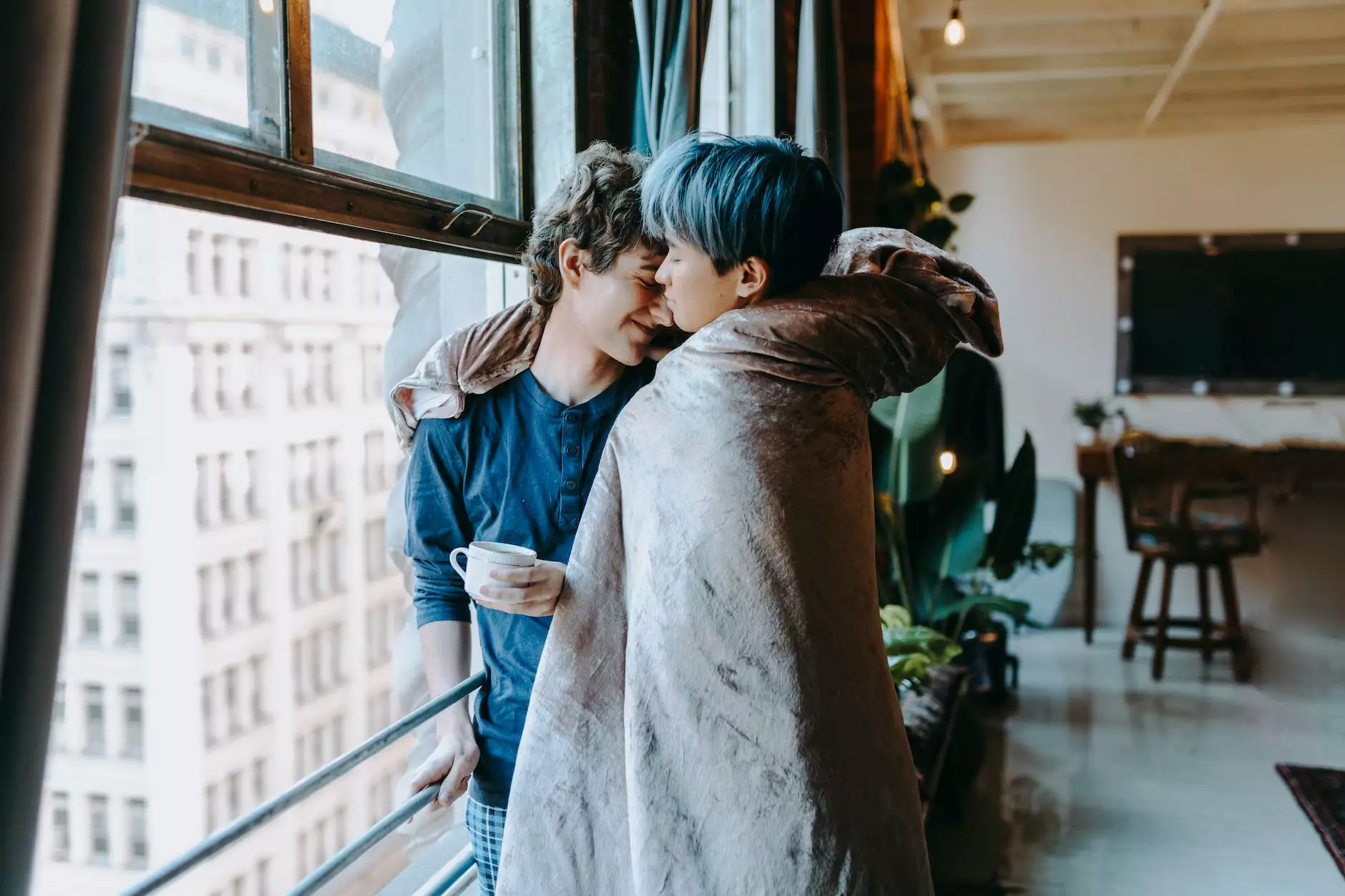What's Up, Pup? - How Our Furry Friends Communicate
Articles
The Fascinating World of Canine Communication
Dogs have been our faithful companions for thousands of years, and their ability to communicate with us is truly remarkable. From their wagging tails to their expressive eyes, dogs have developed an intricate language of their own. Understanding and interpreting their signals can deepen the bond between humans and dogs, leading to a harmonious and fulfilling relationship.
Body Language: A Window into a Dog's Emotions
Dogs primarily communicate through body language, using a combination of facial expressions, postures, and vocalizations. By observing and decoding these signals, we can gain valuable insights into their emotions, needs, and desires. For instance, a wagging tail doesn't always mean a dog is happy. The position, speed, and direction of the wag can convey different messages, such as excitement, fear, or even aggression.
The Power of Eye Contact
Eye contact plays a significant role in canine communication. While direct eye contact can be seen as a sign of dominance or a challenge, a gentle gaze can express trust and affection. Dogs also use subtle eye movements to convey emotions. A soft, relaxed eye indicates relaxation, while a wide-eyed stare suggests alertness or fear.
The Language of Tail Wagging
Contrary to popular belief, tail wagging is not always an indication of happiness. It is essential to pay attention to the overall context and the position of the tail. A high, stiff wag accompanied by a tense body might signal aggression or a potential threat. On the other hand, a low, loose wag typically signifies relaxation and contentment.
Postures and Positions
Dogs use their bodies to communicate a wide range of emotions. A relaxed, loose body signals friendliness and confidence, while a stiff, bristled body indicates fear or aggression. Additionally, dogs may exhibit submissive behaviors, such as crouching, tucking their tail between their legs, or rolling over, to show deference or to diffuse potential conflicts.
Verbal Communication: Barks, Growls, and Whines
In addition to body language, dogs use vocalizations to communicate with humans and other dogs. Barking is the most common form of vocal communication. It can serve various purposes, including alerting, warning, expressing frustration, or seeking attention. Growling often indicates aggression or discomfort, while whining can convey anxiety, excitement, or a desire for something.
The Bonding Experience: 'Be the Person Your Dog Thinks You Are'
If you're interested in deepening your understanding of canine communication and nurturing a stronger connection with your furry friend, the book 'Be the Person Your Dog Thinks You Are' by Marjorie Cowley is an invaluable resource. This insightful book explores the unique bond between humans and dogs, providing practical tips and guidance for strengthening your relationship. From decoding body language to effective training techniques, 'Be the Person Your Dog Thinks You Are' offers a comprehensive approach to fostering a harmonious partnership.
The Benefits of Understanding Canine Communication
Developing a deeper understanding of canine communication can have numerous benefits for both you and your furry friend. By recognizing their needs and emotions, you can provide them with a safe and enriching environment, leading to a happier and healthier life. Additionally, effective communication can aid in resolving behavioral issues, strengthening training efforts, and enhancing your overall relationship with your dog.
Enhance Your Connection with Your Canine Companion!
In conclusion, the world of canine communication is vast and fascinating. By learning to interpret the signals and language of dogs, we can create a strong and meaningful bond with our furry friends. Explore the wonderful journey of understanding your dog's needs and emotions, and embark on a fulfilling companionship. Don't miss the chance to explore 'Be the Person Your Dog Thinks You Are' by Marjorie Cowley, your gateway to a deeper connection with your four-legged buddy!




